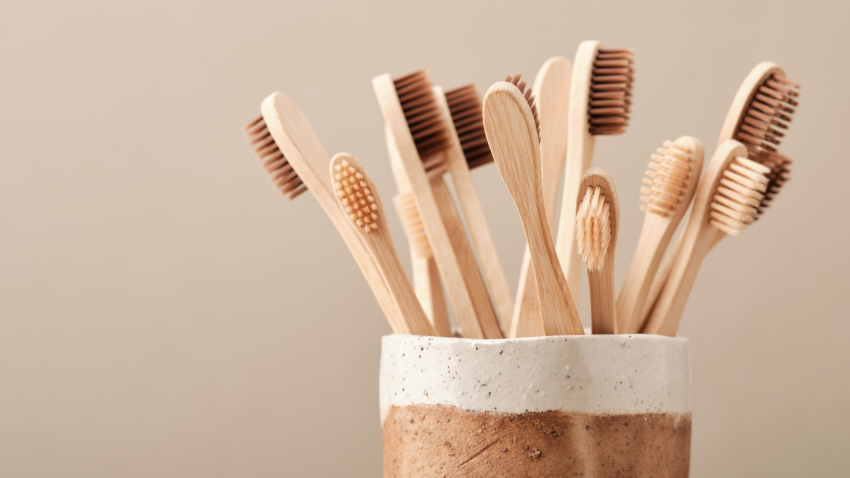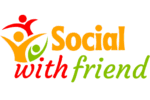
Throughout history, the most bizarre items have been used as toothbrushes.
Before the modern toothbrush was positioned in a neatly placed sink, People all over the world were creative in taking care of their teeth. The results were often bizarre and at times, brilliant.
If you’ve ever had troublewith the process of brushing, go on an excursion through the past with the neighborhood dental practitioner in Idaho Falls and discover some of the most peculiar instruments for oral hygiene that humanity has ever encountered.
1. Chew Sticks
Prior to the advent of bristles and toothpaste dental floss was invented, old Egyptians and Babylonians made use of twigs from aromatic trees such as licorice and Neem. They would chew one end until it was frayed and then applied it to their teeth. There are some cultures that still utilize chew sticks because they’re antibacterial and effective. In fact, the World Health Organization has recognized the advantages of certain kinds of chewing sticks.
2. Animal Hair Brushes
Bristle toothbrushes were the first to be invented. They were introduced from China around 1400. The brushes were made of bristles made of coarse hog hair that were that were attached to bamboo or bone handles. Although it might sound painful, this was actually a innovation that set the stage for the brushes we have today. Europe then adopted the idea however, they replaced hog hair with horses’ hair, which was softer and somewhat more comfortable to use.
3. Crushed Shells and Charcoal
Instead of toothpaste, the Romans employed a mix of oyster shells that were crushed and charcoal, as well as bark and even bones that were ground. A few added baking soda and salt to provide an extra level of scratching. These grit-like mixtures helped remove plaque, but they could have caused damage to enamel during the process. But the idea of using something that was abrasive to clean teeth has been around for a long time, with the use of softer materials.
4. Urine (Yes, Really)
In the early days of Rome the use of urine was included in some dental hygiene routines. The ammonia found in urine was believed by some to whiten teeth and cleanse the mouth. We would not recommend using this method. It’s more a reminder how far we’ve gotten in understanding what benefits and what can harm our oral health.
5. Porcupine Quills and Bird Feathers
The indigenous peoples of all over the world utilized everything they could find, such as pine needles, bird feathers or even porcupine quills to clean up plaque and food particles. This may sound painful however, it demonstrates the inventiveness of humans using nature’s resources to ensure dental health. The idea of flossing with sharp or pointed instruments has been practiced for a long time, even though it was considered a little more risky back in the day.
6. The Cloth Rub
At the time of Middle Ages, people might employ a cloth made of linen to scrub their teeth clean at times, and then apply vinegar or salt on the cloth. Although it wasn’t as efficient in the same way as brushing offered a slight abrasive effect and helped to reduce the amount of food residue. The practice of rubbing the teeth was still prevalent throughout the nineteenth century places in which toothbrushes were not available.
7. The Modern Revolution
The first nylon-bristle toothbrush was invented in 1938 and transformed everything. The brushing experience was suddenly more comfortable constant, consistent, and clean. The introduction of the electric toothbrush took place in the 1950s and gave us a variety of options to clean our teeth. Modern toothbrushes are designed to be gentle on enamel, but hard on plaque. When combined with fluoride toothpaste, they’re more safe and more effective than old-fashioned method.
What We Can Learn
While ancient methods were not perfect (and at times, downright weird) but the need to maintain healthy teeth is not new. Every culture and time came up with ways to maintain teeth using the tools they could find. This determination is something to admire.
With the assistance from Your Idaho Falls dentist, you’ll never have to resort to charcoal or hog hair once more. Simple flossing, brushing, and routine checkups will accomplish the job.
Celebrate the Progress
When you next brush your teeth, take a moment to be grateful for your soft-bristled toothbrush and your minty toothpaste. It’s part of a long, fascinating time of humans trying to safeguard their smiles, but with more ease and a little less shrewdness, and most importantly there aren’t any animals’ parts, or even urine.








